If you've noticed your kitchen sink draining slowly or not at all, it's possible that your sewer pipe is clogged. One effective way to clear this clog is by using a snake, also known as an auger. This tool is designed to break up and remove debris that is blocking your sewer pipe. In this article, we'll discuss the steps for snaking a kitchen sink sewer pipe, as well as other helpful tips and information.How to Snake a Kitchen Sink Sewer Pipe
If your kitchen sink is clogged, you may be able to unclog it without using a snake. Here are a few methods you can try: 1. Boiling water: This method is best for minor clogs. Simply boil a pot of water, and pour it down the drain in intervals. The hot water can help break down and flush away any buildup in the pipe. 2. Baking soda and vinegar: Combine equal parts baking soda and vinegar and pour it down the drain. Let it sit for a few minutes before pouring boiling water down the drain. The chemical reaction between the two ingredients can help to break up clogs. 3. Plunger: Use a plunger to create suction and dislodge any clogs in the pipe. This method works best for minor clogs and may not be effective for larger clogs.How to Unclog a Kitchen Sink Sewer Pipe
If the above methods don't work, it may be time to try snaking your kitchen sink sewer pipe. Here's how to do it yourself:DIY Kitchen Sink Sewer Pipe Snaking
To snake your kitchen sink sewer pipe, you'll need the following tools: - A plumbing snake: This is a long, flexible auger that is designed to fit into pipes and break up clogs. - A bucket: This will be used to catch any debris that comes out of the pipe. - Gloves: To protect your hands from any debris or bacteria. - Protective eyewear: To protect your eyes from any splashing or flying debris.Tools Needed for Snaking a Kitchen Sink Sewer Pipe
Follow these steps to effectively snake your kitchen sink sewer pipe: Step 1: Insert the auger into the drain until you feel resistance. This is likely where the clog is located. Step 2: Begin turning the handle of the auger clockwise to break up and remove the clog. Keep turning until you no longer feel resistance. Step 3: Slowly pull the auger back out of the drain, while continuing to turn the handle. This will help to catch any debris that has been dislodged from the pipe. Step 4: Once the auger is completely out of the drain, pour hot water down the drain to flush away any remaining debris. Step 5: Run water down the drain to ensure that it is draining properly. If not, repeat the snaking process.Step-by-Step Guide for Snaking a Kitchen Sink Sewer Pipe
There are a few common causes of clogs in kitchen sink sewer pipes, including: - Food scraps: Grease, oil, and food particles can build up in the pipe and create a clog over time. - Foreign objects: Items like utensils, paper towels, and even small toys can accidentally get washed down the drain and cause a clog. - Tree roots: If your sewer pipe is located near trees, their roots can grow into the pipe and cause clogs.Common Causes of Kitchen Sink Sewer Pipe Clogs
To avoid future clogs in your kitchen sink sewer pipe, consider implementing these preventative tips: - Don't pour grease or oil down the drain: These substances can solidify and create blockages in the pipe. - Use a sink strainer: This can help to catch food particles and prevent them from going down the drain. - Don't flush foreign objects: Be mindful of what you're putting down the drain and avoid flushing any non-biodegradable items.Tips for Preventing Kitchen Sink Sewer Pipe Clogs
If you're uncomfortable with snaking your kitchen sink sewer pipe yourself, or if the clog is too severe, it's best to call a professional plumber. They have the experience and tools necessary to effectively clear the clog and get your sink draining properly again.When to Call a Professional for Snaking a Kitchen Sink Sewer Pipe
The cost of hiring a professional plumber to snake a kitchen sink sewer pipe can vary depending on the severity of the clog, the location of the pipe, and the plumber's rates. On average, the cost can range from $150 to $400.Cost of Hiring a Professional to Snake a Kitchen Sink Sewer Pipe
If snaking doesn't work or the clog is too severe, there are a few alternative methods that a plumber may use to clear your kitchen sink sewer pipe: - Hydro jetting: This method involves using high-pressure water to clear out the pipe and remove any buildup or debris. - Chemical drain cleaners: These are strong chemicals that can dissolve clogs in the pipe. However, they can also be harmful to your pipes and the environment. - Camera inspection: If the clog is difficult to locate, a plumber may use a small camera to inspect the inside of the pipe and determine the best course of action. By following these tips and methods, you can effectively snake and unclog your kitchen sink sewer pipe. However, if the clog persists or if you're uncomfortable with DIY methods, it's always best to call a professional for assistance. Don't let a clogged kitchen sink ruin your day - take action and restore proper drainage to your sink today.Alternative Methods for Clearing a Clogged Kitchen Sink Sewer Pipe
Why Snaking a Kitchen Sink Sewer Pipe is Essential for a Functional Home
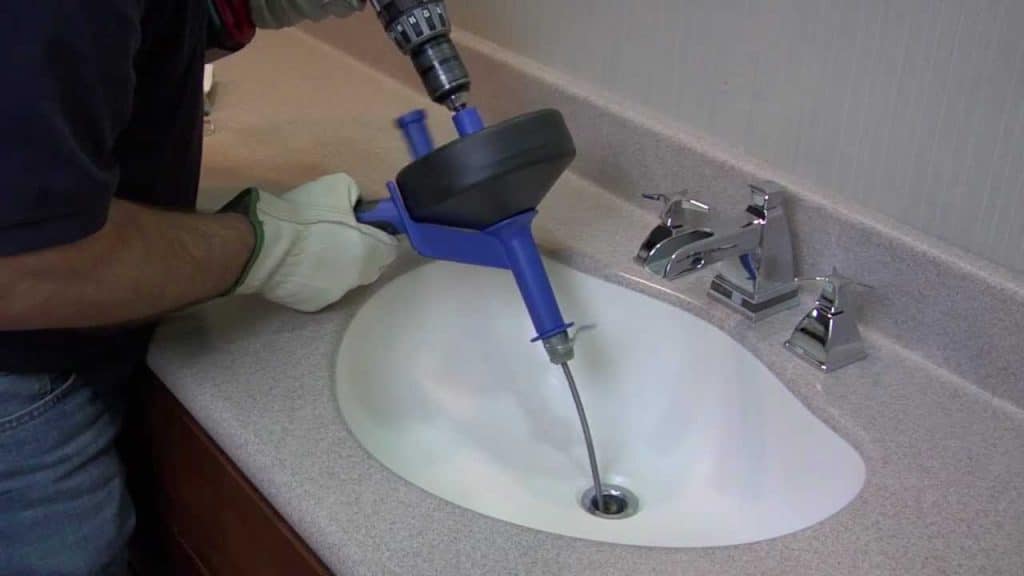
The Importance of Maintaining Your Sewer Pipes
 Maintaining your home's plumbing system is crucial for a functional and healthy living space. One of the most critical components of this system is the sewer pipe, which carries wastewater from your kitchen sink to the main sewer line. Over time, these pipes can become clogged with grease, food particles, and other debris, causing slow drainage, foul odors, and even sewage backups. If left untreated, these issues can lead to costly repairs and potential health hazards. That's why it's essential to regularly
snake
your kitchen sink sewer pipe to keep it clear and functioning correctly.
Maintaining your home's plumbing system is crucial for a functional and healthy living space. One of the most critical components of this system is the sewer pipe, which carries wastewater from your kitchen sink to the main sewer line. Over time, these pipes can become clogged with grease, food particles, and other debris, causing slow drainage, foul odors, and even sewage backups. If left untreated, these issues can lead to costly repairs and potential health hazards. That's why it's essential to regularly
snake
your kitchen sink sewer pipe to keep it clear and functioning correctly.
The Benefits of Snaking Your Kitchen Sink Sewer Pipe
 Snaking, also known as
drain cleaning
, is the process of using a long, flexible metal cable to remove obstructions from your sewer pipes. This method is highly effective in breaking up and removing tough clogs, such as grease and tree roots, that traditional plungers and chemical cleaners cannot eliminate. Snaking your kitchen sink sewer pipe not only restores proper drainage but also helps prevent future blockages and potential damage to your plumbing system.
Snaking, also known as
drain cleaning
, is the process of using a long, flexible metal cable to remove obstructions from your sewer pipes. This method is highly effective in breaking up and removing tough clogs, such as grease and tree roots, that traditional plungers and chemical cleaners cannot eliminate. Snaking your kitchen sink sewer pipe not only restores proper drainage but also helps prevent future blockages and potential damage to your plumbing system.
How to Snake a Kitchen Sink Sewer Pipe
 While it's always best to hire a
professional plumber
for complex plumbing issues, snaking a kitchen sink sewer pipe is a relatively simple task that can be done on your own with the right tools and techniques. First, you'll need to purchase a drain snake or auger, which can be found at most hardware stores. Next, remove the drain cover and insert the cable into the pipe until you feel resistance. Crank the handle of the snake to break up and remove the obstruction, then flush the pipe with hot water to ensure it's completely clear.
While it's always best to hire a
professional plumber
for complex plumbing issues, snaking a kitchen sink sewer pipe is a relatively simple task that can be done on your own with the right tools and techniques. First, you'll need to purchase a drain snake or auger, which can be found at most hardware stores. Next, remove the drain cover and insert the cable into the pipe until you feel resistance. Crank the handle of the snake to break up and remove the obstruction, then flush the pipe with hot water to ensure it's completely clear.
Preventive Measures for a Healthy Plumbing System
 Regularly snaking your kitchen sink sewer pipe is just one of the many preventive measures you can take to maintain a healthy plumbing system. Other essential steps include disposing of cooking grease properly, avoiding putting large food scraps down the drain, and using a drain cover to catch debris. Additionally, scheduling periodic
professional drain cleaning
services can help keep your pipes clear and functioning correctly.
In conclusion, snaking your kitchen sink sewer pipe is an essential aspect of maintaining a functional and healthy home. By understanding the importance of this task and taking preventive measures, you can ensure your plumbing system works efficiently and avoid costly repairs in the future. So don't neglect your sewer pipes – regularly snake them for a clean and clog-free kitchen sink.
Regularly snaking your kitchen sink sewer pipe is just one of the many preventive measures you can take to maintain a healthy plumbing system. Other essential steps include disposing of cooking grease properly, avoiding putting large food scraps down the drain, and using a drain cover to catch debris. Additionally, scheduling periodic
professional drain cleaning
services can help keep your pipes clear and functioning correctly.
In conclusion, snaking your kitchen sink sewer pipe is an essential aspect of maintaining a functional and healthy home. By understanding the importance of this task and taking preventive measures, you can ensure your plumbing system works efficiently and avoid costly repairs in the future. So don't neglect your sewer pipes – regularly snake them for a clean and clog-free kitchen sink.
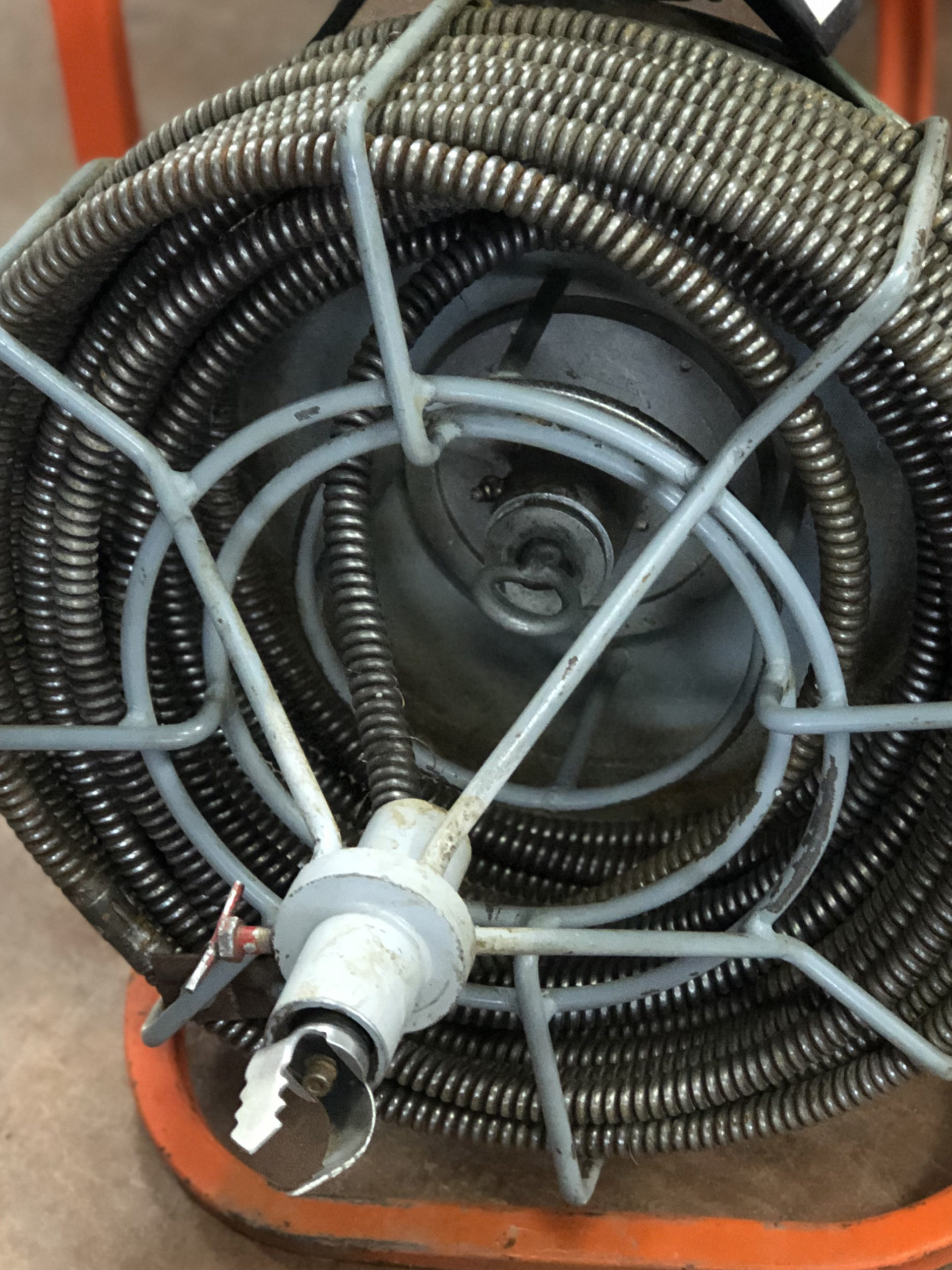















:max_bytes(150000):strip_icc()/how-to-unclog-a-kitchen-sink-2718799_sketch_FINAL-8c5caa805a69493ab22dfb537c72a1b7.png)






























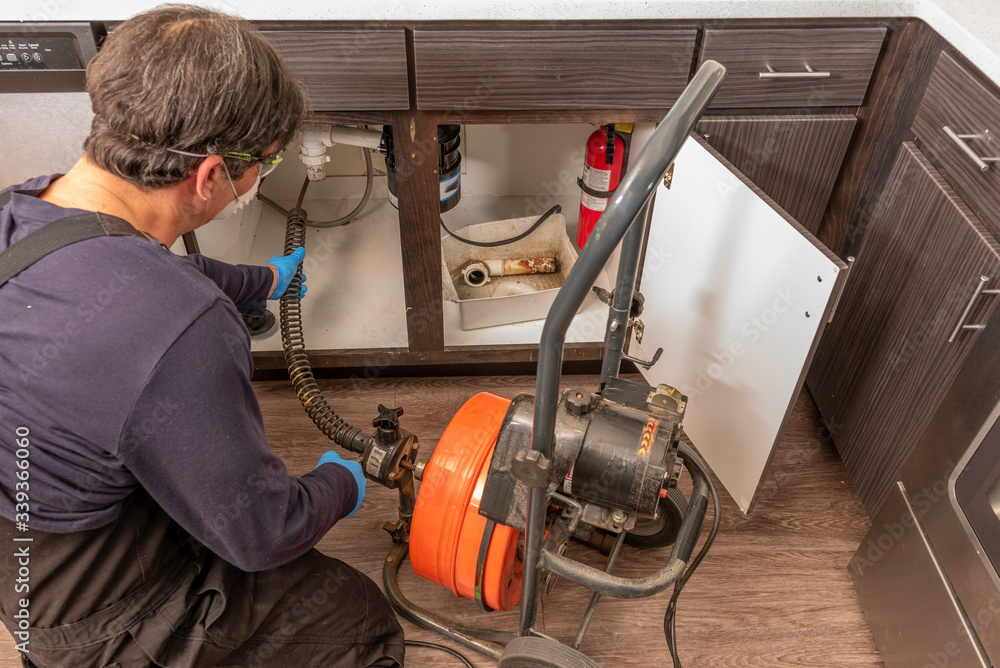










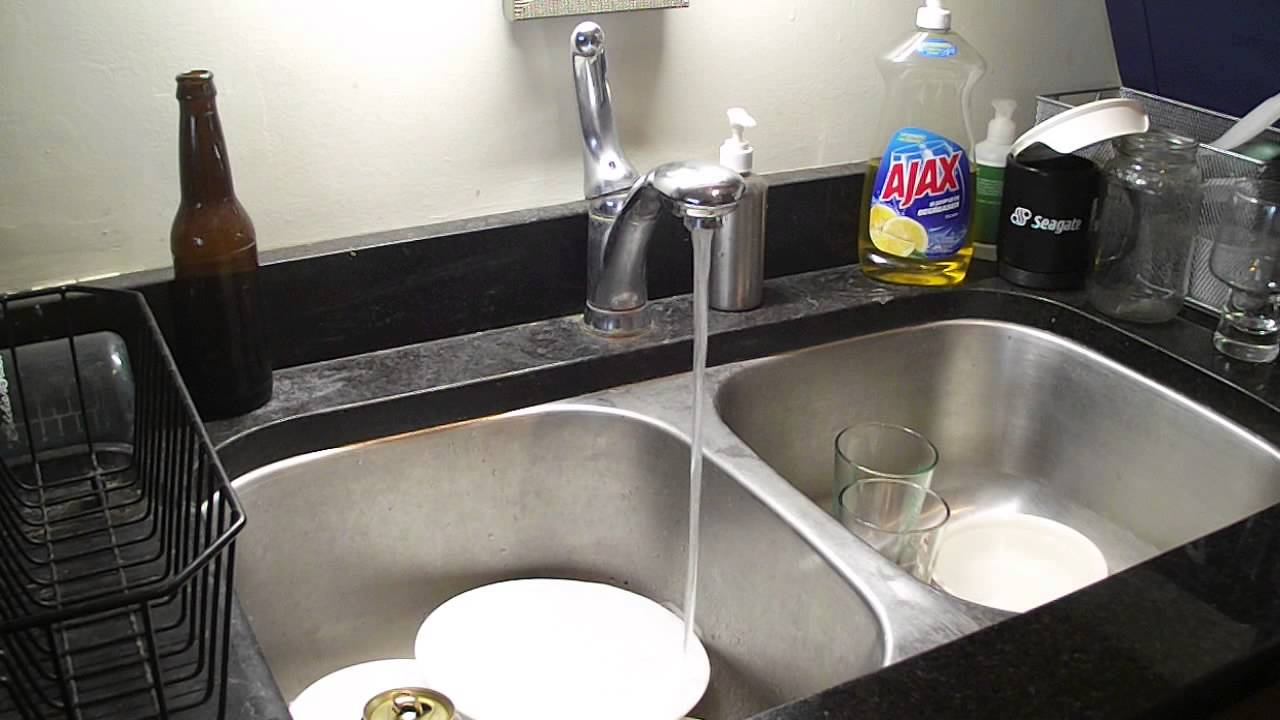
/signs-of-a-sewer-drain-clog-2718943_FINAL-7306dab348804135897b63a4411cdfdf.png)




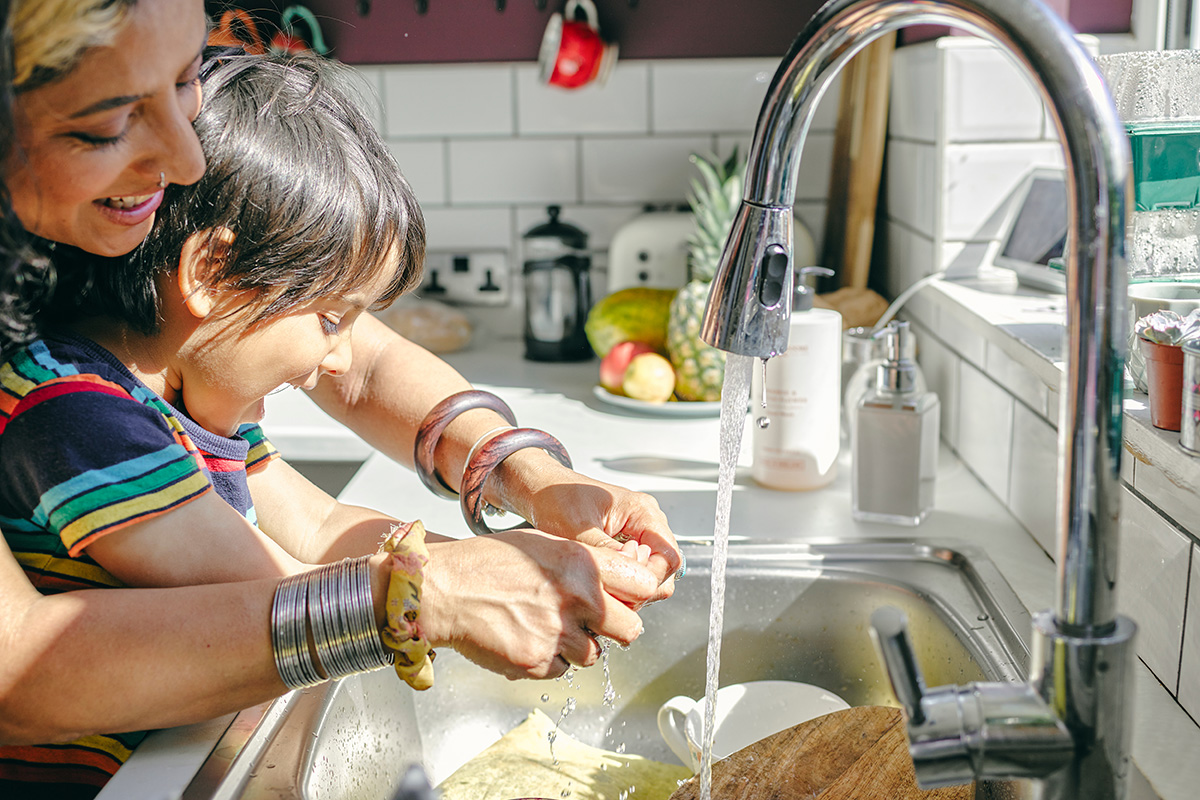



















:max_bytes(150000):strip_icc()/i-think-i-see-your-problem-612859180-5a71c27d303713003609e5d5.jpg)












